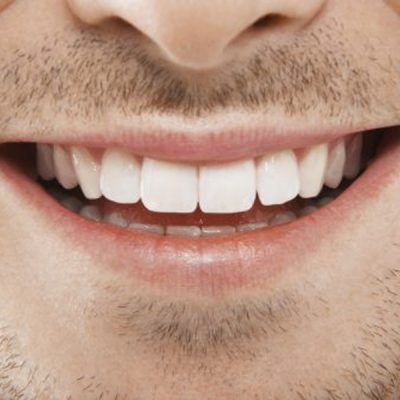
When should my child visit for an orthodontic check-up?
Following American Association of Orthodontists (AAO) recommendation that all children have their first check-up no later than age 7.
With some exception such as the presence of an underbite, or bad habits such as thumb-sucking, earlier intervention is required.
What is two-phase orthodontics used for?
Phase One
Phase Two

The Myobrace® assist in correcting poor oral habits that may have led to narrower jaws and subsequent crowding of teeth.
It assist in widening the jaws without surgery, and using light forces to correct the alignment of teeth
Who is it suitable for?
Myobrace® is suitable for 5-15 year olds.
How does it work?
The Myobrace® System consists of a series of intra-oral appliances which is to be worn 1.5 hours in the day, and during sleep. It encourages the child to breath through their nose, swallow correctly, and posture the tongue in the roof of the mouth which widens the jaw to its full potential naturally. A wider jaw means sufficient space for the permanent teeth and a fuller smile.





Monday - Friday
8am - 5pm
30 Currie Street, Nambour (Next to
McDonald's)


© 2022 Copyright Coronation House Dentist Nambour